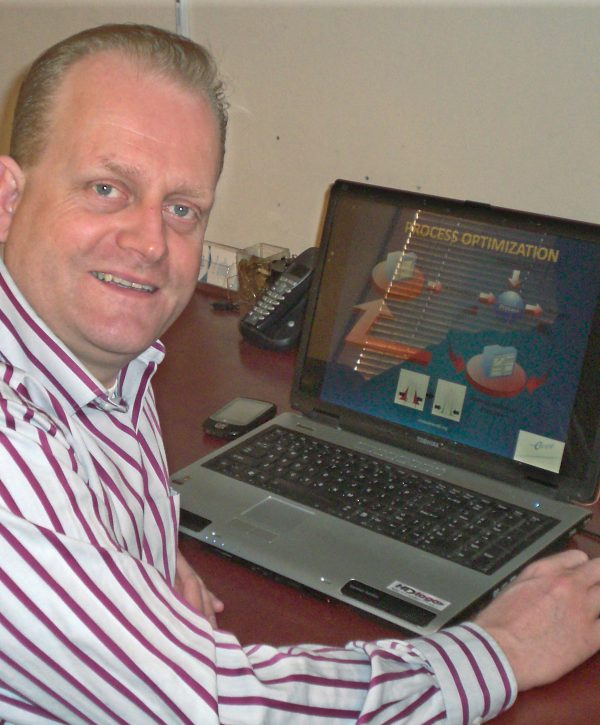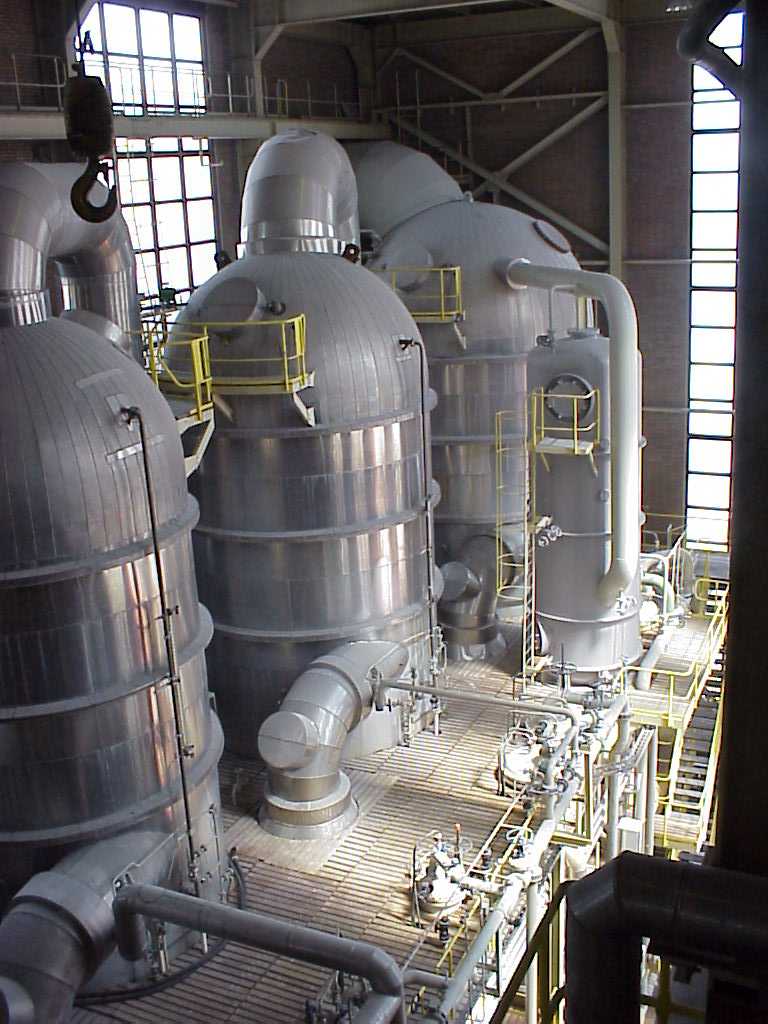Menu
‘CO2 reduction in manufacturing industry easier than thought'
HENGELO – “Saving energy in the manufacturing industry, such as chemical, food and plastics, is much easier than directors and stakeholders tend to think. However, people believe that all kinds of measures have been implemented to take the easiest step: optimising consumption. Which is exactly where so much room for improvement remains.”
We spoke with Ton van Ewijk who entered the market with special measuring cases (smart meters) for the production industry in 2006. “The problem is not that the industry is unable or unwilling. Every plant manager sees the approaching 2030 sustainability requirements. And each and every factory is measuring already. We know exactly how much energy we consume in a year. At least EUR 275,000 and all the way up to three million just as often.”
Ton continues: “What we are lacking is detailed insights. What machine loses energy efficiency halfway through the maintenance cycle? Which part of the packaging line drives up the production price of a candy that is sold for the same amount as other candy that isn’t processed with that machine?”

Forgotten step
“These are serious numbers and it sounds like common-sense input for keeping each factory operational. Strangely enough though, electrical engineers who work there remain focused on electro while forgetting about measurement and data processing, the digital part”, according to Van Ewijk.
Furthermore, personnel able to calculate processes through and through have been replaced by lightning-quick computers decades ago. And the profession of Process Technologists, such as chemical process technologist Ton van Ewijk himself, is facing extinction.
In addition, the industry still thinks in terms of hardware: green energy, solar panels and heat pumps. “In other words, how to generate it. This is step 2 of the Trias Energetica and it claims 80% of the attention. Step 3 is recycling and capturing residual energy. Something the industry is now focusing on as well. Where we go wrong, however, is step 1; consumption optimisation. There is so much room for improvement here, provided you gain detailed insights”, according to Van Ewijk.
“Daily start-up or three shifts a day?
This makes quite the difference.
But how much exactly?”
Whoops
A striking example is that of the injection moulding machine revised by an Energy IO client. On paper, it was many times more attractive than replacing the machine. “Until we discovered – by measuring! – that the machine wasn’t optimally connected. This was causing the energy consumption to skyrocket to 5x pre-revision levels. Enough said, right?”
And yet, Van Ewijk appreciates why energy leaks are not being noticed: “It’s about the bigger picture, big numbers. You don’t see the bottlenecks until you turn it into big data and translate that into understandable parameters on a routinely read dashboard.” This is where Energy-IO comes in. Van Ewijk: “That is when you’ll understand what’s going wrong, where and why.

And you cannot ‘justify’ it by assuming that you produced more that month due to peak business. It’s very simple; A car with soft tyres will get you from Manchester to London. But you do know that you’ll be visiting a gas station more often along the way.”
Insight is the key element for plant managers who want to achieve the climate goals, emphasised Van Ewijk. “Measure and interpret. Then, you can proceed to manage KPIs and the performance of your machinery. This is when you’ll be able to transform your staff into energy-aware personnel who make a sport of keeping the production price down. You’ll have reliable business cases for your external stakeholders and facts that your Sustainability project group can work with. By the way, we will provide your Project group with the necessary support. I know one thing for sure: that this time around, all of the low hanging fruit will be noticed and picked. In this regard, I always find this quote by Goethe to be a good match for our company: ‘What is not started today is never finished tomorrow.'”
Copy: Meta Groot Antink
Photography: own photo
- Hengelo
- Haaksbergerstraat 67
- 7554 PA Hengelo
-
- info@energy-io.nl
- +31 (0)85 078 27 66
- Menu
Menu